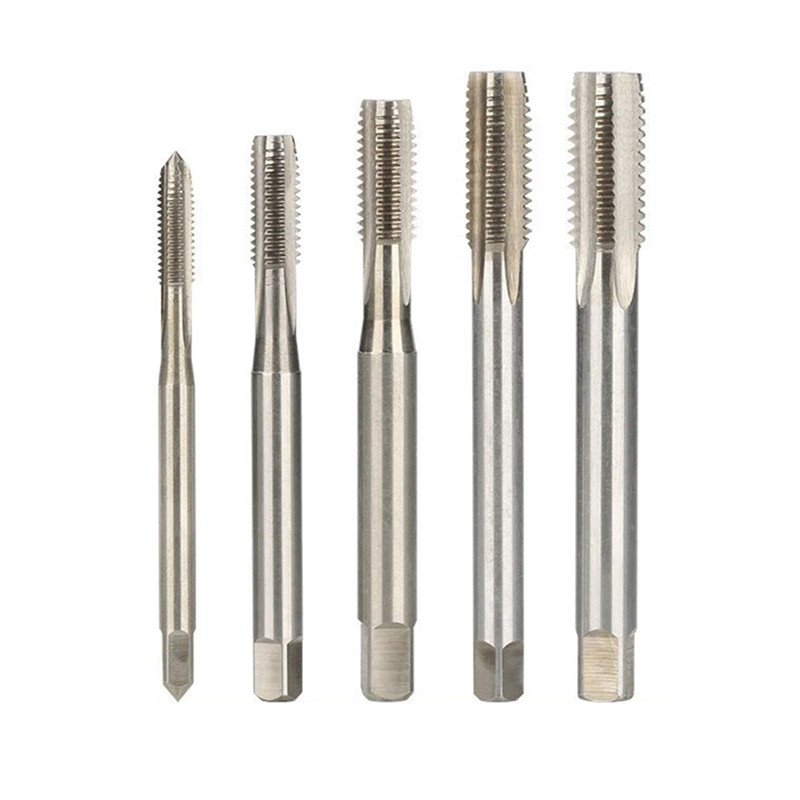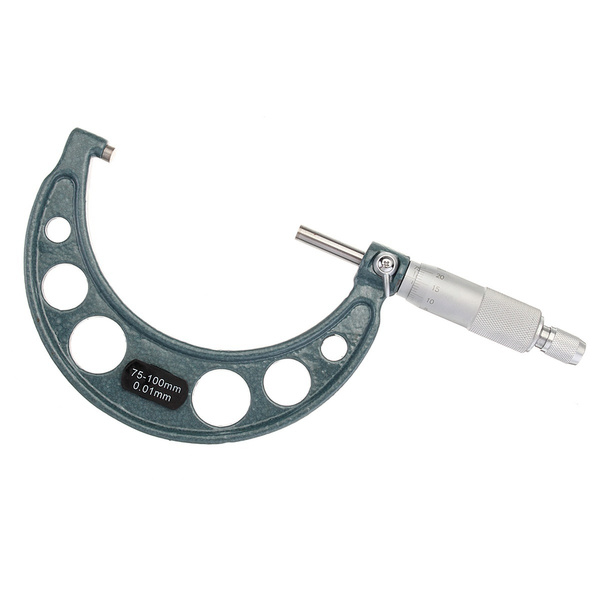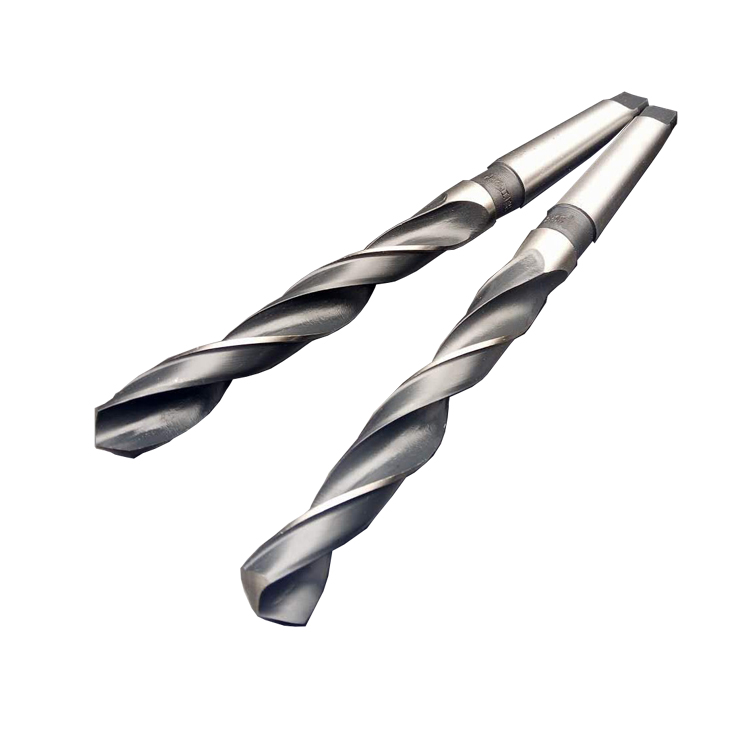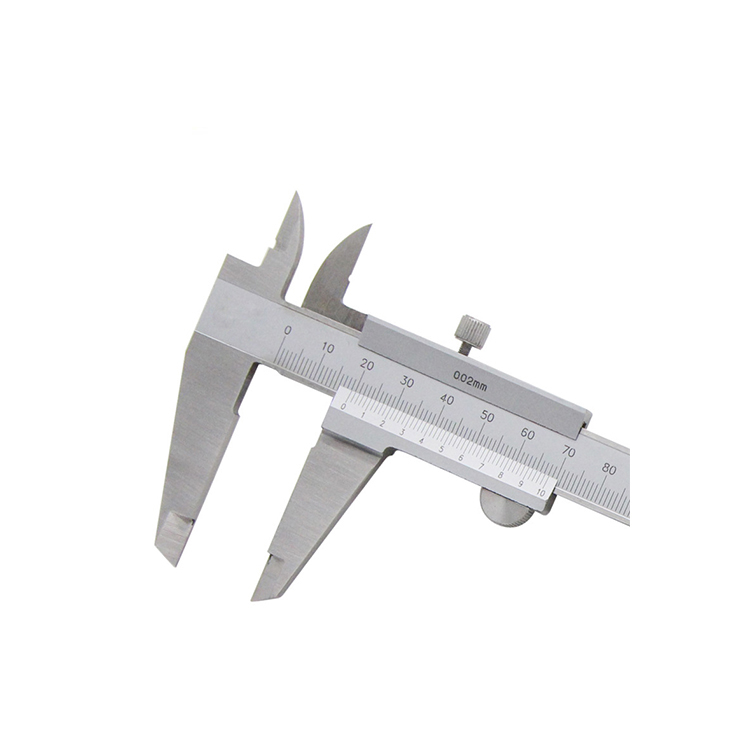lathe cutting tools Manufacturer
Choosing the right lathe cutting tools is crucial for efficient and precise machining. This guide explores the different types of lathe cutting tools, their applications, and factors to consider when selecting the best tools for your manufacturing needs, ultimately aiming to improve your productivity and part quality.
Understanding Lathe Cutting Tools
Lathe cutting tools are essential components in machining operations performed on lathes. These tools remove material from a rotating workpiece to create the desired shape and dimensions. The selection of the right cutting tool is critical for achieving accuracy, efficiency, and optimal surface finish.
Types of Lathe Cutting Tools
There are various types of lathe cutting tools, each designed for specific operations and materials. Understanding these different types is crucial for selecting the right tool for your application.
Turning Tools
Turning tools are the most common type of lathe cutting tools and are used for general-purpose machining, including facing, turning, and chamfering. They come in various shapes and sizes, including:
- Roughing Tools: Used for removing large amounts of material quickly.
- Finishing Tools: Used for achieving a smooth surface finish.
- Profiling Tools: Used for creating complex shapes and contours.
Boring Bars
Boring bars are used to enlarge existing holes or to create internal threads. They are designed to be rigid and provide stable support to the cutting insert.
Threading Tools
Threading tools are specifically designed for cutting threads on the workpiece, both internal and external. They come in single-point and multi-point designs.
Parting Tools
Parting tools, also known as cut-off tools, are used to separate the finished part from the remaining stock material.
Grooving Tools
Grooving tools are used to create grooves or recesses on the workpiece. They are available in various widths and depths.
Materials Used in Lathe Cutting Tools
The material used to manufacture a lathe cutting tool significantly impacts its performance and suitability for different materials. Common materials include:
- High-Speed Steel (HSS): HSS tools are versatile and relatively inexpensive. They are suitable for machining a wide range of materials at lower speeds.
- Carbide: Carbide tools are harder and more wear-resistant than HSS tools. They can be used at higher speeds and are suitable for machining harder materials. They are often indexable, offering a significant advantage for manufacturers.
- Ceramic: Ceramic tools offer excellent wear resistance and can be used at very high speeds. They are ideal for machining hard materials such as cast iron and hardened steel.
- Cermet: Cermet tools combine the properties of ceramics and metals, offering a good balance of wear resistance and toughness.
- Diamond: Diamond tools are the hardest and most wear-resistant cutting tools available. They are used for machining extremely abrasive materials such as composites and non-ferrous metals.
Factors to Consider When Choosing Lathe Cutting Tools
Selecting the appropriate lathe cutting tools requires careful consideration of several factors:
Workpiece Material
The material being machined is a primary consideration. Different materials have different hardness, toughness, and abrasive properties, which affect the tool's wear rate and cutting performance. Wayleading Tools provides guidance on optimal tool selection for various materials, ensuring maximum tool life and machining efficiency. For example, machining hardened steel requires tools with high hardness and wear resistance, such as carbide or ceramic tools.
Cutting Speed and Feed Rate
The cutting speed and feed rate influence the tool's temperature and wear. Higher cutting speeds generate more heat, requiring tools with better heat resistance. The feed rate affects the chip load and the cutting force. Consult tooling charts from manufacturers like Wayleading Tools (www.wayleading.com) for recommended cutting parameters.
Depth of Cut
The depth of cut affects the cutting force and the tool's stability. Larger depths of cut require more rigid tools and machines.
Machine Rigidity
The rigidity of the lathe machine itself is crucial. A less rigid machine may introduce vibrations, reducing the tool life and surface finish quality. Ensure your machine is properly maintained and capable of handling the cutting forces involved.
Coolant Application
Using the proper coolant helps to reduce heat, lubricate the cutting edge, and remove chips. Effective coolant application can significantly extend tool life and improve surface finish. Ensure proper coolant concentration and flow rate for optimal performance.
Optimizing Lathe Cutting Tool Performance
To maximize the performance and lifespan of your lathe cutting tools, consider these tips:
- Proper Tool Holding: Use a rigid and accurate tool holder to minimize vibration and ensure proper tool alignment.
- Sharp Cutting Edges: Regularly inspect and replace worn or damaged cutting inserts. Dull tools generate more heat and increase the risk of tool breakage.
- Correct Cutting Parameters: Follow the manufacturer's recommendations for cutting speed, feed rate, and depth of cut.
- Adequate Lubrication: Use the appropriate coolant and ensure it is properly applied to the cutting zone.
- Regular Machine Maintenance: Keep your lathe machine in good working order to ensure accurate and stable machining.
Lathe Cutting Tools: Common Problems and Solutions
Even with the best lathe cutting tools, you may encounter problems. Here are some common issues and solutions:
| Problem | Possible Cause | Solution |
|---|---|---|
| Chatter | Insufficient machine rigidity, excessive cutting speed, worn tool | Reduce cutting speed, increase machine rigidity, replace worn tool |
| Poor Surface Finish | Dull tool, incorrect cutting parameters, inadequate coolant | Replace tool, adjust cutting parameters, improve coolant application |
| Premature Tool Wear | Excessive cutting speed, abrasive workpiece material, insufficient coolant | Reduce cutting speed, use a more wear-resistant tool, improve coolant application |
| Tool Breakage | Excessive cutting force, hard spots in workpiece, incorrect tool geometry | Reduce depth of cut, use a tougher tool, select appropriate tool geometry |
Working with a Lathe Cutting Tools Manufacturer
Partnering with a reputable lathe cutting tools manufacturer like Wayleading Tools is a great way to ensure you're getting the best possible products and support. Experienced manufacturers can offer:
- Expert advice on tool selection
- Custom tool design and manufacturing
- Technical support and training
- Reliable product quality and performance
Conclusion
Selecting the right lathe cutting tools is a critical factor in achieving efficient and accurate machining operations. By understanding the different types of tools, materials, and factors to consider, you can optimize your machining processes and improve your manufacturing productivity. Remember to consult with experienced lathe cutting tools manufacturers like Wayleading Tools to ensure you are making the best choices for your specific needs.
Related products
Related products
Best selling products
Best selling products-
 Indexable Spade Drill Holder With Helical Flute Holder And Taper Shank
Indexable Spade Drill Holder With Helical Flute Holder And Taper Shank -
 Precision Monoblock Fine-Adjustment Vernier Caliper Of Metric & Imperial For Industrial
Precision Monoblock Fine-Adjustment Vernier Caliper Of Metric & Imperial For Industrial -
 HSS DIN371 Threading Tap With Straight And Spiral Or Spiral Point Flute
HSS DIN371 Threading Tap With Straight And Spiral Or Spiral Point Flute -
 Camlock ER Collet Fixture With Lathe Collet Chuck
Camlock ER Collet Fixture With Lathe Collet Chuck -
 7pcs Carbide Turning Tool Set With Metric & Inch Size
7pcs Carbide Turning Tool Set With Metric & Inch Size -
 Precision IP54 Digital Caliper With Data Output For Industrial
Precision IP54 Digital Caliper With Data Output For Industrial -
 Type H Flame Tungsten Carbide Rotary Burr
Type H Flame Tungsten Carbide Rotary Burr -
 Type E Oval Tungsten Carbide Rotary Burr
Type E Oval Tungsten Carbide Rotary Burr -
 Precision 1-2-3, 2-3-4 or 2-4-6 Block With 1 And 11 And 23 Or None Hole
Precision 1-2-3, 2-3-4 or 2-4-6 Block With 1 And 11 And 23 Or None Hole -
 30PCS HSS Metric And Inch Size MINI Tap & Die Set
30PCS HSS Metric And Inch Size MINI Tap & Die Set -
 HSS Metric & Inch Woodruff Keyseat Cutter With Straight Or staggered Teeth
HSS Metric & Inch Woodruff Keyseat Cutter With Straight Or staggered Teeth -
 Precision Vernier Caliper With Nib Style & Standard Style Jaws Of Metric & Imperial For Industrial
Precision Vernier Caliper With Nib Style & Standard Style Jaws Of Metric & Imperial For Industrial
Related search
Related search- partial profile 60 degree threading insert Factories
- PSRN turning tool holder Manufacturer
- CCGX insert Manufacturers
- Wholesale bandsaw blades
- Wholesale three point inside micrometer
- SCGC turning tool holder Manufacturers
- external parting and grooving toolholders Supplier
- Wholesale N60 threading insert
- High-Quality indexable threading mill
- Milling Insert Supplier











